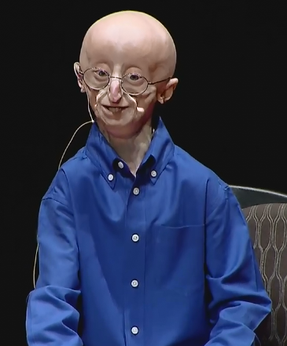
New technique expands cells to sequence DNA and capture fine structural details
On May 29, 2025, Broad Institute researchers announced they have developed a technology that provides new insight into how disruptions in the nucleus of the cell can impact health and disease.
The approach, called expansion in situ genome sequencing, allows scientists to sequence DNA and map its location relative to proteins within cell nuclei. The method uses a gel to expand cells while keeping them intact, enabling both sequencing and high-resolution imaging within the same cells. The research team applied their technique to cells from patients with progeria, a disorder marked by accelerated aging. The scientists found that mutated proteins in the nucleus may suppress the expression of certain genes, which may play a role in the disease and the aging process.
The researchers suggest that these types of changes in the cell nucleus could be at the root of other diseases, and can now be studied in greater detail using their new method. In the new study, the team first examined skin cells from patients with progeria, a disorder caused by mutations in lamin proteins. These proteins form a mesh-like structure that supports the nucleus in healthy cells but is distorted in progeria, forming invaginations inside nuclei that are difficult to observe with standard methods.
Using their approach, the team observed not only these invaginations but also the DNA sequences near them — and found that genes critical to cell function were repressed in those areas, and had fewer RNA synthesis enzymes nearby. The team also noticed invaginations in cells from a 92-year old individual without the condition, suggesting that these changes in lamin structure disrupt gene expression in both progeria and the aging process. the team plans to expand the technique to include other capabilities such as sequencing RNA and chromatin accessibility and measuring cell behavior. Incorporating different microscopes would also allow researchers to examine tissue sections, making the approach more practical as a possible diagnostic tool.
The findings appear in Science and come from the labs of institute member Jason Buenrostro and core institute member Fei Chen at the Broad. Buenrostro and Chen are also associate professors at Harvard University, and Buenrostro is a co-leader of Broad’s Gene Regulation Observatory.
Tags:
Source: Broad Institute
Credit: Photo: Sam Berns at TEDx Talks, 2013. Courtesy: Wikipedia.
